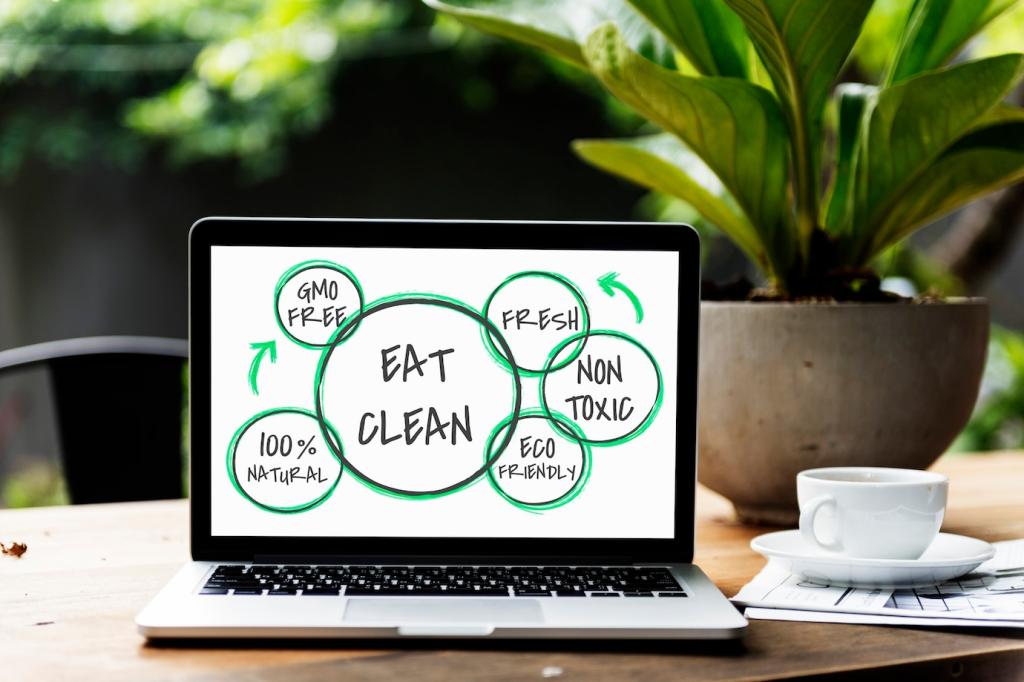DIY Eco Remedies for Real-Life Spills
Blot with a dry cloth first. Mix one part white vinegar with three parts cool water and a drop of mild castile soap. Dab gently, then rinse lightly and blot dry with airflow to prevent rings.
DIY Eco Remedies for Real-Life Spills
Test a hidden area, then apply seltzer to loosen pigments. Follow with a paste of baking soda and a few drops of 3% hydrogen peroxide. Gently blot, allow brief dwell, and rinse minimally to finish.











